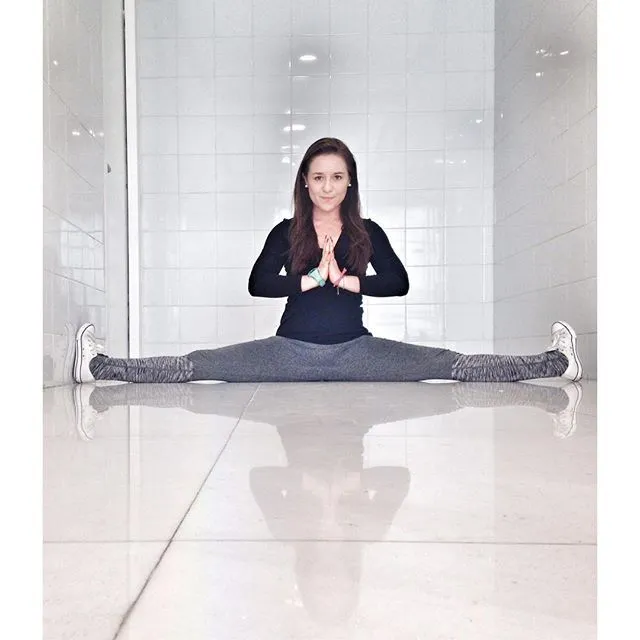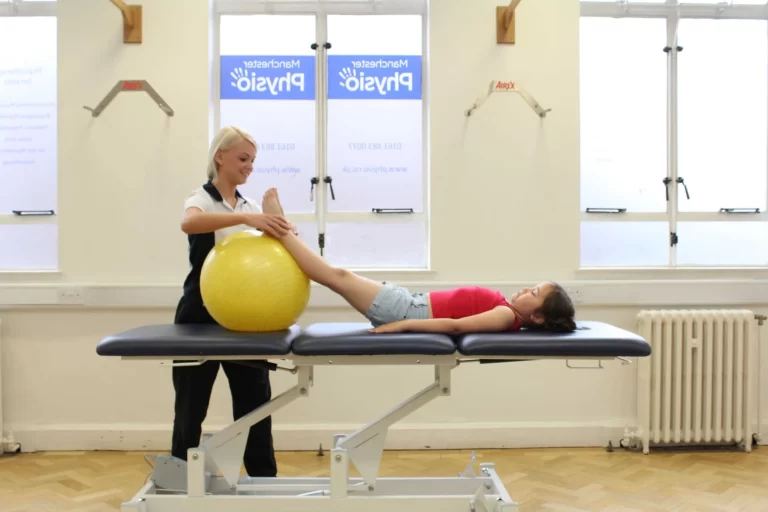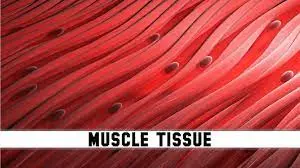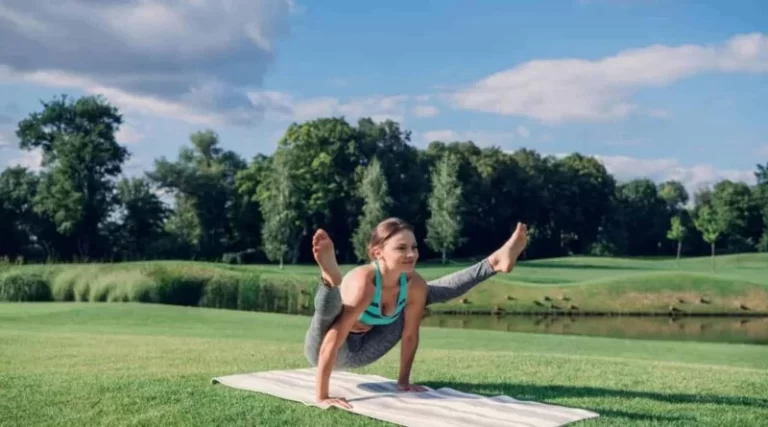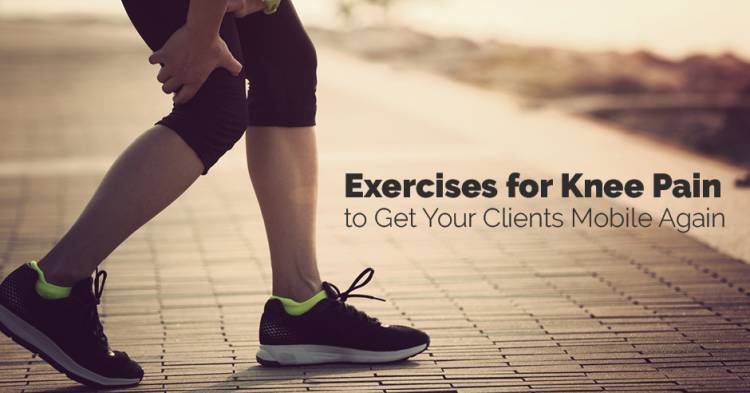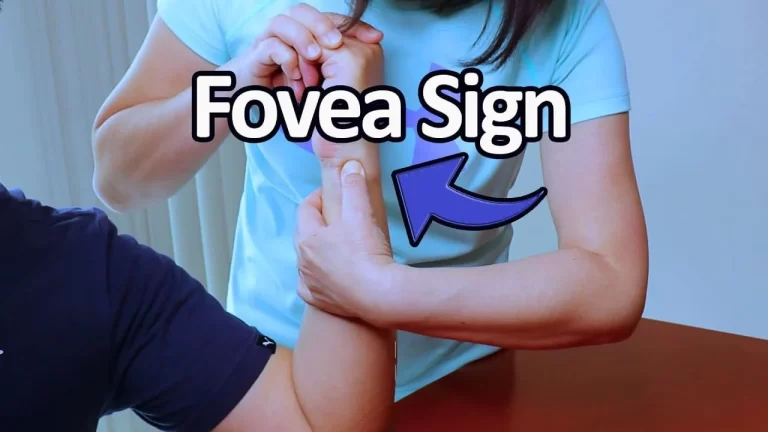Samakonasana (The same Angle Pose)
What is Samakonasana?
Samakonasana, also known as the Straight Angle Pose or the Side Split Pose, is a seated yoga posture that focuses on opening and stretching the inner thighs and hips.
The name “Samakonasana” is derived from the Sanskrit terms sama, meaning “straight,” Kona, meaning “angle,” and asana, meaning “pose.” The pose is a whole split with the legs extended to the sides and the hands placed in a prayer position in front of the heart center.
Beginning, seating on the ground floor. As the hips and groin expanse, the legs and feet can be obtained mindfully additionally apart. Keep the posture for sixty seconds and then slowly bring the legs back together to exit the posture.
How To Do The Samakoasana?
Patience and duration are assumably the key factors for executing this pose correctly, as discussed earlier. There are multiple paths to execute the Samakonasana. The ensuing is the most comfortable path to do this pose:
To begin with, sit on the ground floor or yoga mat and extend the legs to your front.
Hold this position for a few seconds while you’re breathing.
Secondly, prolong the legs sideways very slowly so that both legs form a straight line.
The body should be held straightforwardly.
Lastly, stay in this mode for a minute or less and then get both legs back to the normal position.
Samakonasana Pose Video
Benefits Of Samakonasana
The Equal Angle Pose is one of the better yoga poses to rehearse if you want to enhance flexibility in your joints and strengthen your back. But the advantages of rehearsing this yoga pose every day aren’t limited to this, here are all the advantages of practicing this yoga pose daily.
This pose is better for your abdominal muscles by boosting the blood flow to your lower stomach.
Additionally, it supports reviving and nourishing the body’s many critical organs. It also prolongs, opens, and strengthens the calf, hip, and groin muscles.
This pose even performs the muscles in the internal thighs.
This pose is treat all types of spinal problems.
This pose is no more hip joint ache of any type.
This yoga poses aid kids who are still developing since it may cause their legs to be prolonged to their full length, which may cause them to develop taller.
This yoga pose enhances the flexibility of the lateral hip rotators and adductors.
Lower abdominal blood flow is improved. This pose is the simplest method to break down emotional limitations and provide you with an interior feeling of delight if you are struggling with depression.
Modifications, Props, and Tips
- Use props
You can utilize support such as blankets, blocks, and bolsters to keep your hips and boost your seating bones if you have limited flexibility in your hamstrings or hips. Seating on a folded blanket can support tilting your pelvis forward and lengthening your backbone, creating it easier to sit erect.
- Begin with a broad stance
If you are new to this yoga pose, begin with a wide stance and slowly work towards getting your legs closer together as you gain more additional flexibility.
- Use a strap
If you are unable to reach your feet with your hands, you can utilize a strap to cover your feet and hold onto the ends of the strap. This can support to deepen the stretch in your hamstrings and hips.
- Bend your knees
If you have stretched hamstrings, you can flex your knees narrowly to ease into the posture. As you practice, you can gradually straighten your legs.
- Practice regularly
Constant training is key to boosting flexibility and strength in the hips muscles, and back. Integrate this pose into your everyday yoga practice and maintain the pose for longer durations as you progress.
Variations
As researchers have variable capabilities, a provided yoga pose may be easy for a particular pupil but hard for another. In such cases, as a yoga tutor, you can instruct pose variations to further challenge a pupil who is discovering an exhaustive yoga pose easily or instruct an easier variation of a pose for the student who is discovering the main pose difficult.
Pose variations can thus support your pupil’s growth and create further confidence in their yoga practice no issue what their starting ability levels are. And this is where your function as a yoga teacher evolves very essential. Below we have compiled twelve pose deviations of Samakonasana in one place to supply you with conceptions to plan your yoga classes as you interact with pupils of different levels.
There are a few limitations and contraindications.
- Piles
- Hernia
- Vertigo
- Pregnancy
- Spinal injuries
- Cardiac problems
- High blood pressure
- Abdominal inflammation
- Serious eye disorders or surgery
Conclusion
Rehearsing the Samakonasana or equal angle pose may be something that you would ideally like to start consulting with your widespread physician (professional yoga professor). Practicing preparatory poses and follow-up postures would create this asana more comfortable and more influential.
You can accomplish this pose from the comfort of your home. You would even end up being in a better cognitive space once you master the Samakonasana and practice it daily.
FAQ
1. What is the name of the Samakonasana?
This yoga pose is even The name “Samakonasana” which is derived from the Sanskrit terms sama, meaning “straight,” Kona, meaning “angle,” and asana, meaning “pose.” Executing this yoga pose prolongs your body, reduces tension in your muscles, increases flexibility, and reduces your chance of injury.
2. What are the benefits of Samakonasana?
According to the professional, these are the benefits of Samakonasana –
Turns your hip muscles and strengthens them. Lower abdominal blood flow is improved. This pose even performs the muscles in the internal thighs.
3. What is the equal angle pose?
Samakonasana, in this pose the practitioner considers the straight angle in a sitting position. Both the legs are prolonged to the sides to be in one straight line and hence the name. It is even named a center split posture.

